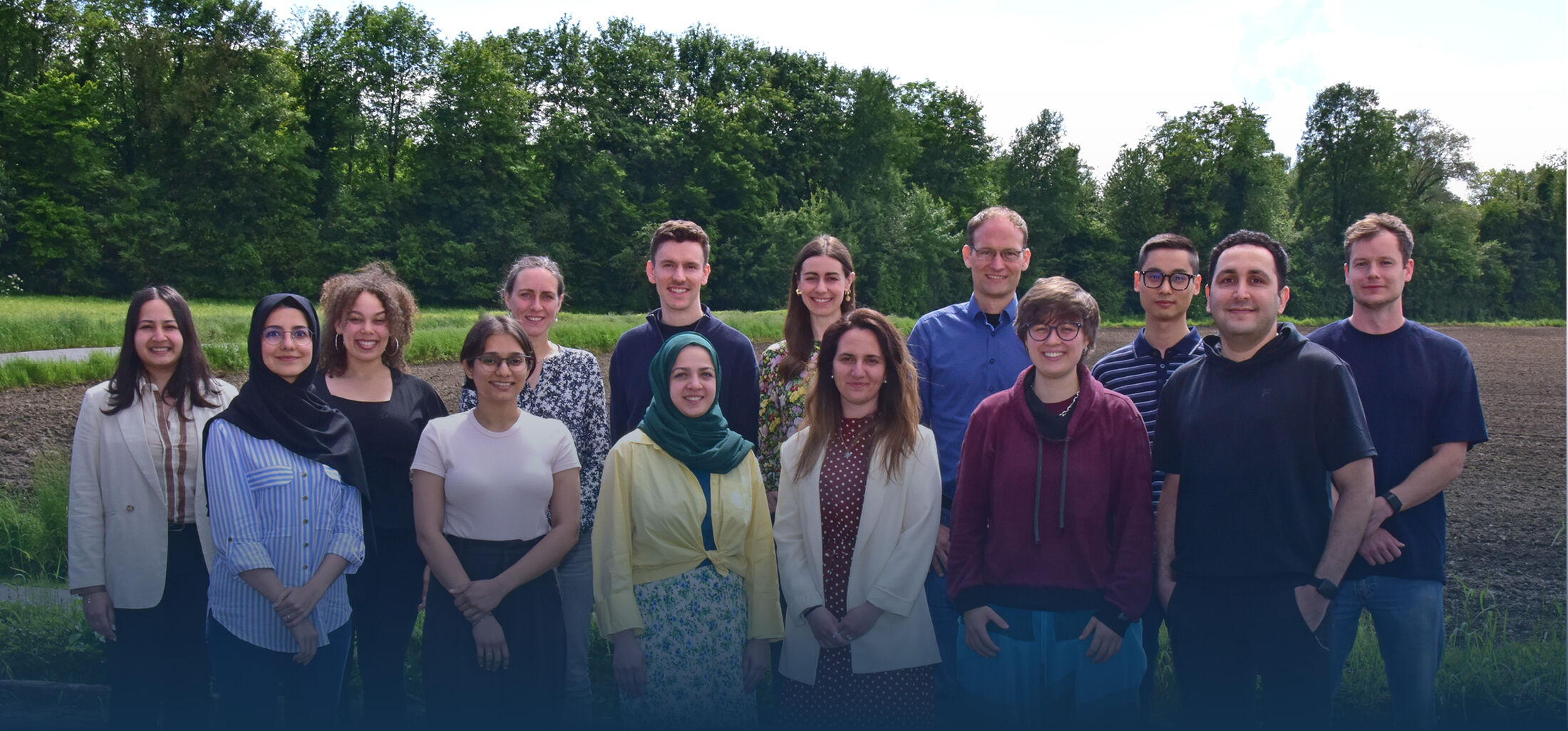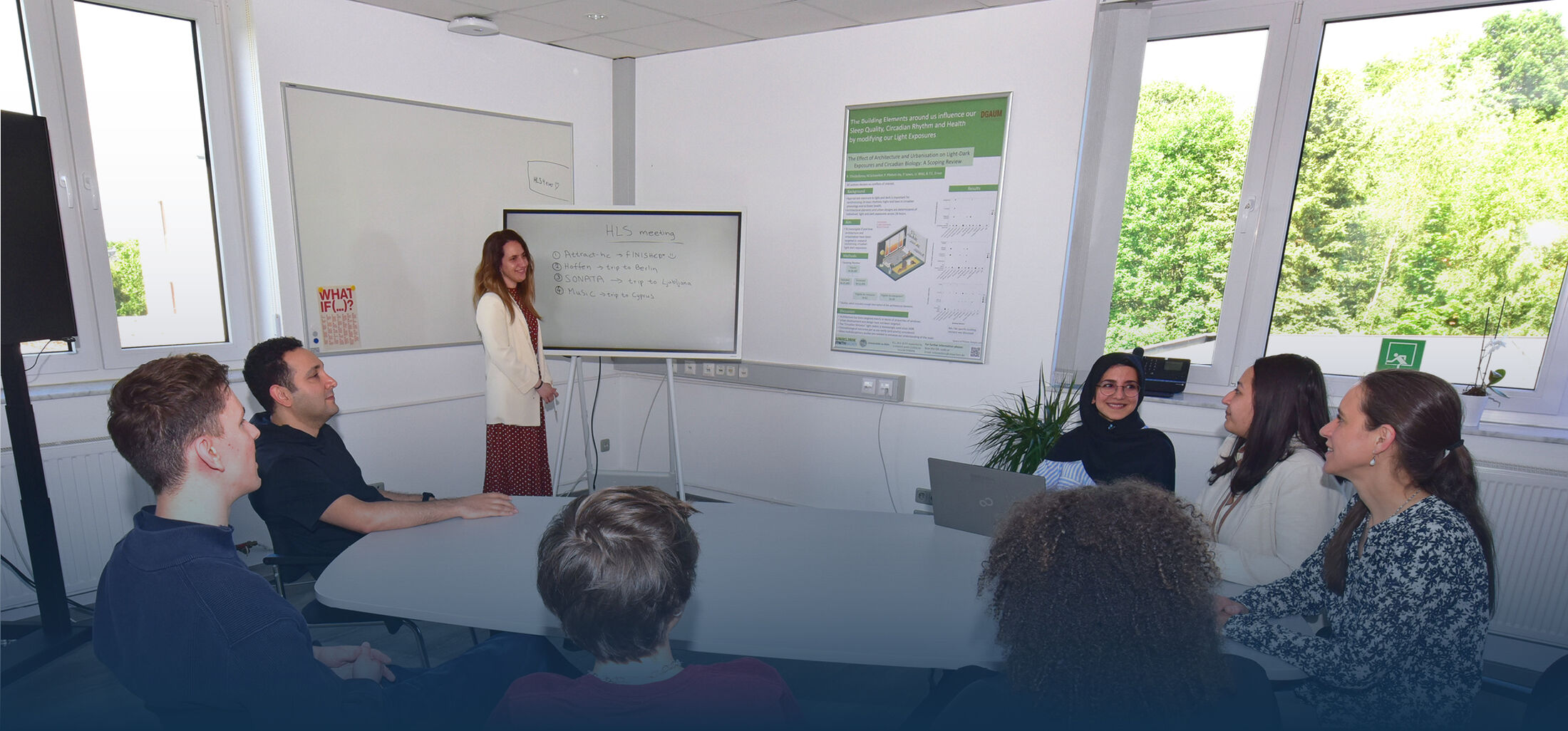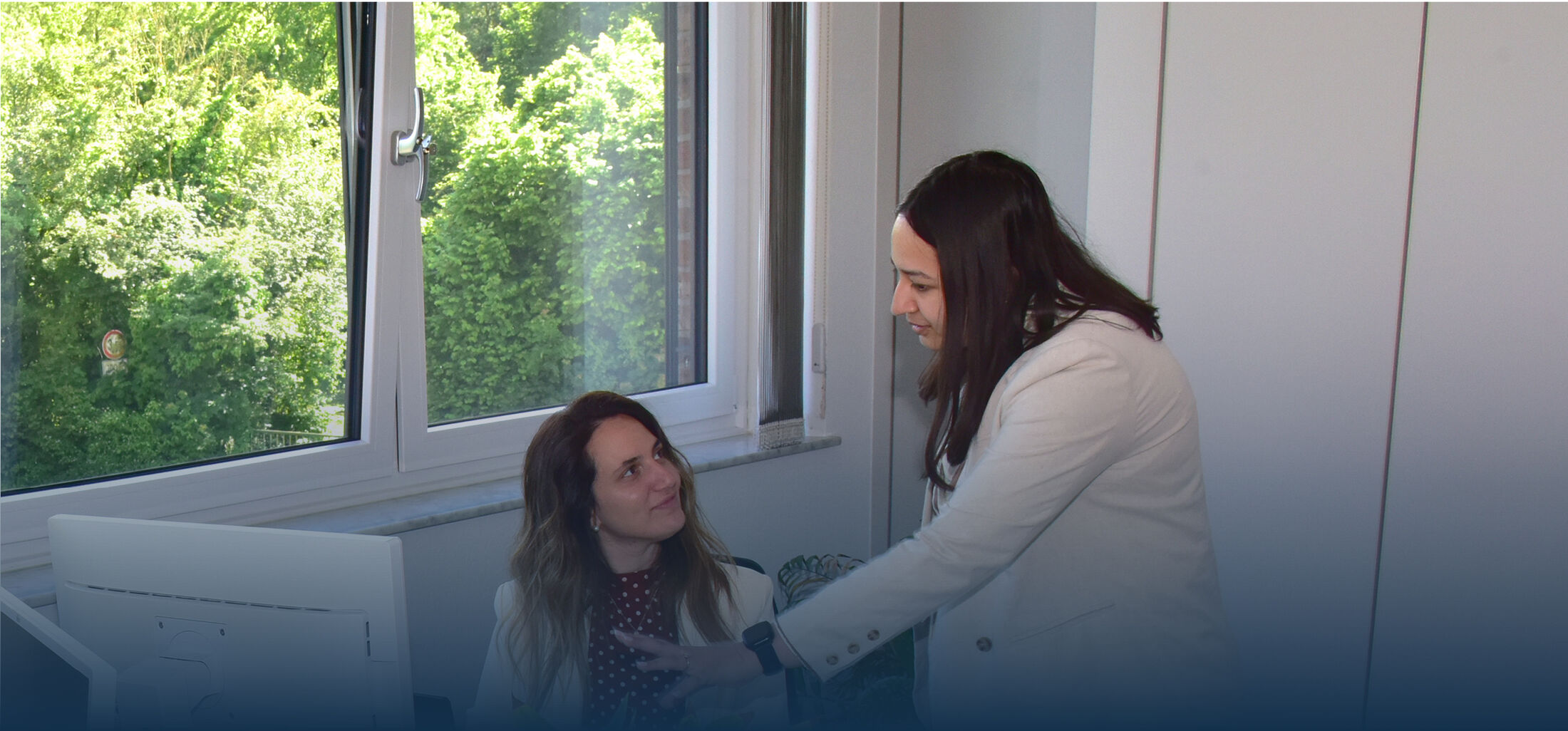Teaching and Research Area Healthy Living Spaces
People spend 90 percent or more of their time working and living inside buildings and are exposed to indoor thermal, visual, olfactory and acoustic conditions. Numerous studies report building-related health disorders, such as irritation of the eyes, nose and/or throat, skin irritation, and nervous system associated symptoms. Additional stress is caused by thermal, visual, acoustic and/or olfactory stimuli outside individual comfort zones, which vary with the architectural and social context as well as with the characteristics of the individual. Of interest in this context are thresholds between exposures that are considered to be supportive, affect well-being or performance, or ultimately lead to a health impairment or disease. The investigation of these thresholds for a significantly improved prediction of healthy conditions in the context of dynamic and changing boundary conditions, such as climate and demographic change, requires interdisciplinary approaches in combination with international cooperation. In addition, transdisciplinary approaches are required for the transfer of findings into medical and planning practice.
Topics of the teaching and research area newly established by the foundation VILLUM FONDEN are the prevention of so-called building-related health disorders, innovative approaches to the design of living spaces and buildings, analysis of sources of disturbance as well as development and establishment of preventive measures. One focus will be on the further development of methods for recording individual stress thresholds in the context of multi-modal and dynamic exposures together with existing adaptation potentials. To this end, experimental studies in the „Aachen Workplace Simulation Lab“ will be carried out in the future. On the other hand, knowledge is to be gained on how adaptation potentials can be improved and existing sources of disturbance can be minimized by inter- and transdisciplinary approaches during the planning and operation of buildings.
In addition to its own research work, the group sees itself as an inter- and transdisciplinary link between medical research and relevant research activities in the fields of architecture, civil engineering, mechanical engineering, psychology, natural and social sciences, electrical engineering and information technology, and aims for appropriate cooperation.
Team
Head
Univ.-Prof. Dr. Marcel Schweiker
Assitant
Sinje Küff
Scientific Staff
PhD Students
Dalal Abdulhadi
Jakob Glawe
Maren Hawighorst
Lena Hestermeyer
Tamila Ignatyeva
Vijeesh Kadukkatti
Camilla Kainz
Svenja Lange
Lina Möller
Nadine Nebel
Anna Theresa Schubert
Guest Scientists
Laura Jager
Alena Wagner
Student Research Assistants
Mohammed Aouad
Azin Behzare
Dana Boric
Pia Doering
Janina Körner
Diana Zeeb
Alumni
Rudy Assaad (Stud. Research Asst., 2022-2023)
Dr. rer. nat. Simon Barton (Scientific Staff, 2020)
Joelle Bauer (Stud. Research Asst., 2022)
Mateus Bavaresco (Guest Scientist, 2024)
Meta Blomeyer (Stud. Research Asst., 2022)
Christina Braun De La Cruz (Stud. Research Asst., 2024-2025)
Evelyn Chan (Scientific Staff, 2024)
Neel Dunung (Stud. Research Asst., 2022-2023)
Abdelkader Elkounni (Guest Scientist, 2024)
Alida Eschenlohr (Stud. Research Asst., 2021-2025)
Christos Grapas (Guest Scientist, 2024)
Paula Brumer Franceschini Kagan (Guest Scientist, 2022–2023)
Daniela Kempe (Stud. Research Asst., 2022-2023)
Anton Mack (Stud. Research Asst., 2022)
Camilla Massucci (Guest Scientist, 2024)
Leticia de Oliveira Neves (Guest Scientist, 2022–2023)
Dr. Hannah Pallubinsky (Scientific Staff, 2020-2025)
Dr. Peiman Pilehchi Ha (Scientific Staff, 2022-2025)
Shaomi Rahman (Stud. Research Asst., 2021-2023)
Laura Marín Restrepo (Guest Scientist, 2023–2024)
Shoaib Sarwar (Stud. Research Asst., 2021)
Benjamin Sehring (Stud. Research Asst., 2020-2021)
Pelin Takimcilar (Stud. Research Asst., 2024-2025)





